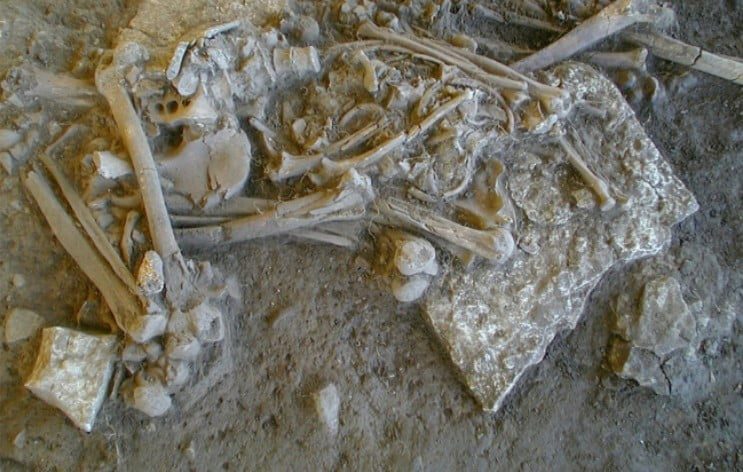New research suggests a chilling answer to the mystery behind the Neolithic decline, a period of significant population collapse in Stone Age Europe some 5,000 years ago. DNA analysis of human remains from ancient burial tombs in Scandinavia has revealed the presence of the plague bacterium Yersinia pestis, pointing to the disease as a potential culprit behind the demographic catastrophe.
Unraveling the Past through DNA
Scientists reconstructed full genomes of different strains of Yersinia pestis responsible for several waves of infection. The findings indicate that the last wave might have been more virulent, capable of spreading from person to person, and potentially causing a devastating epidemic.
The Toll of the Plague
In one Swedish site, Falbygden, analysis of 108 individuals spanning six generations revealed that 18 (17%) were infected with the plague at the time of their death. Among 38 individuals whose family tree could be traced, 12 (32%) were infected. The data suggests three distinct waves of an early form of the plague ravaged this community.
Implications for Understanding Ancient History
This discovery challenges previous assumptions about the Neolithic decline, which was often attributed to factors like climate change or societal shifts. The research highlights the devastating impact of infectious diseases in prehistory and sheds new light on the interconnectedness of human populations even in ancient times.
Key Takeaways:
- DNA analysis of ancient human remains suggests the plague was present in Stone Age Europe.
- The plague may have been a significant factor in the Neolithic decline, a period of population collapse.
- The research highlights the devastating impact of infectious diseases in prehistory.
- The findings shed new light on the interconnectedness of human populations in ancient times.
The Echoes of Ancient Epidemics
While the plague is often associated with medieval Europe, this research underscores that infectious diseases have played a crucial role in shaping human history for millennia. The discovery serves as a stark reminder of the potential for devastating outbreaks even in pre-modern societies and highlights the importance of ongoing research into the history of infectious diseases.

Roshan Kumar Sahoo is a multifaceted journalist with expertise in entertainment-related news, sports , tech, and international relations. His ability to navigate these diverse fields allows him to provide readers with a rich blend of content, from the latest entertainment buzz to cutting-edge sports technology and insightful analysis of global affairs. Roshan’s writing is characterized by its depth, accuracy, and engaging style, making him a trusted voice across multiple domains.



